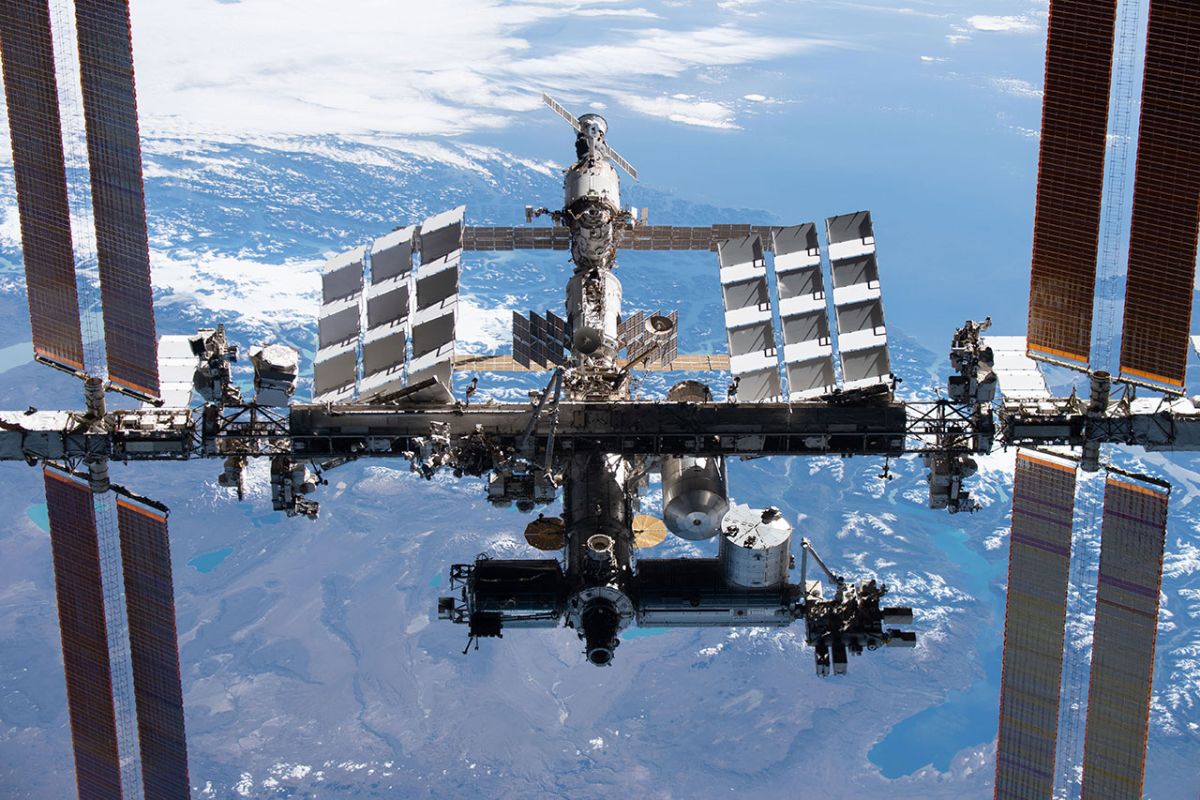Ceres might be spewing cryovolcanoes in yet another spot on the dwarf planet’s surface. Close-up pictures from NASA’s Dawn mission that orbited Ceres between 2015 and 2018 revealed salt deposits in a crater known as Urvara, spotted for the first time in a new study. The salt deposits may be associated with icy volcanoes, the research team says, whose brine rose to the surface over time. Given there are multiple zones on Ceres with salt deposits, the implication is there might be a source of salt underneath the asteroid’s surface,…
Read MoreMonth: February 2022
Mysterious repeating fast radio burst from space looks strangely familiar, scientists realize
Scientists got a strange sense of déjà vu when they took a close look at a mysterious series of bright flashes in a galaxy just 12 million light-years away. The flashes, known as a repeating fast radio burst (FRB), appear surprisingly similar to flashes found in the Crab Nebula. The Crab Nebula is a famous remnant from an old stellar explosion, or supernova, that humans observed in 1054 AD, which was recorded by several distinct cultures. The colorful remnants have displayed bright and brilliant flashes that look a lot like…
Read MoreNew sky map showcases more than 4 million galaxies, stars and other objects
This video still of data shows the most detailed ever view of our radio universe as revealed by LOFAR, which built a map of 4.4 million galaxies. (Image credit: LOFAR/Frits Sweijen) Millions of new objects have just been cataloged in a vast new sky map that will lead to more investigations about our universe’s environment, the discovery team says. A map of roughly one-quarter of the northern sky was generated using a pan-European set of telescopes called the Low Frequency Array (LOFAR). It detected objects that are, for the most…
Read MoreNASA Selects Futuristic Space Technology Concepts for Early Study
An astronaut steps into a body scanner and, hours later, walks on Mars in a custom-made spacesuit, breathing oxygen that was extracted from Mars’ carbon dioxide-rich atmosphere.
Read MoreSpace Station Science Highlights: Week of February 21, 2022
Crew members aboard the International Space Station conducted scientific investigations during the week of Feb. 21 that included a study of engineered skin cells, examining cancer cells and their response to a therapeutic drug, and measuring the effects of space travel on human hearing.
Read MoreVictor Glover, Pilot of SpaceX Crew-1
In this image, Glover celebrated his birthday during his stay on the station.
Read MoreScientists Find Increased Red Blood Cell Destruction During Spaceflight
A change in the volume of red blood cells has been documented in astronauts since the earliest space missions.
Read MoreHubble Peers at Peculiar Pair of Galaxies
This striking image from the NASA/ESA Hubble Space Telescope showcases Arp 298, a stunning pair of interacting galaxies. Arp 298 – which comprises the two galaxies NGC 7469 and IC 5283 – lies roughly 200 million light-years from Earth in the constellation Pegasus.
Read MoreThis Week’s Sky at a Glance, February 25 – March 5
As the winter Milky Way rides high, open star clusters near and far, and from compact to sparse, await your binoculars or telescope, At dawn catch the Venus-Mars pair, and try for the closer Mercury-Saturn pair lower down. The post This Week's Sky at a Glance, February 25 – March 5 appeared first on Sky & Telescope.
Read MoreNew Russia sanctions won’t imperil ISS operations, NASA says
The International Space Station program will continue business as usual, NASA assures us as the U.S. government levies new sanctions against Russia. Russia invaded Ukraine today (Feb. 24) in a series of military attacks. This action, which sparked international criticism, also prompted new and severe sanctions, U.S. President Joe Biden announced in a public address today. However, despite the new sanctions and continued warfare, NASA has asserted that civil cooperation between the U.S. and Russia in space, particularly with regard to the International Space Station, will continue. “NASA continues…
Read More